This compact brutalist treasure is a south London house by Whittaker Parsons
This addition to a south London terrace is a brutalist treasure, a meticulously detailed urban infill in concrete and brick that makes the most of its site
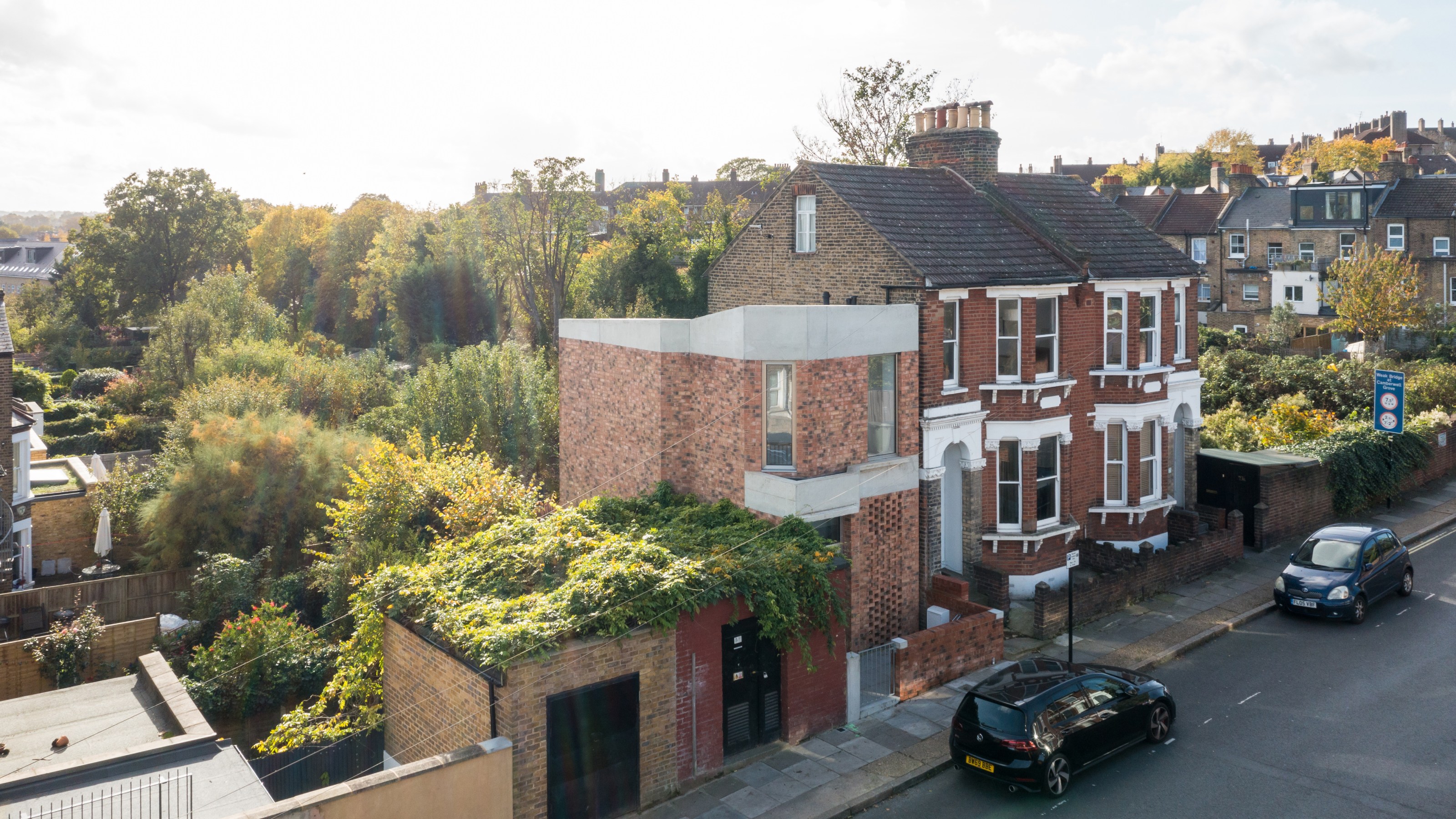
This brutalist treasure in south London squeezes a surprising amount of space onto an unpromising spot, enhancing the streetscape. The addition, next to a terraced house, features a tough, hard-wearing exterior that brings a little brutalist architecture glamour to its neighbourhood.
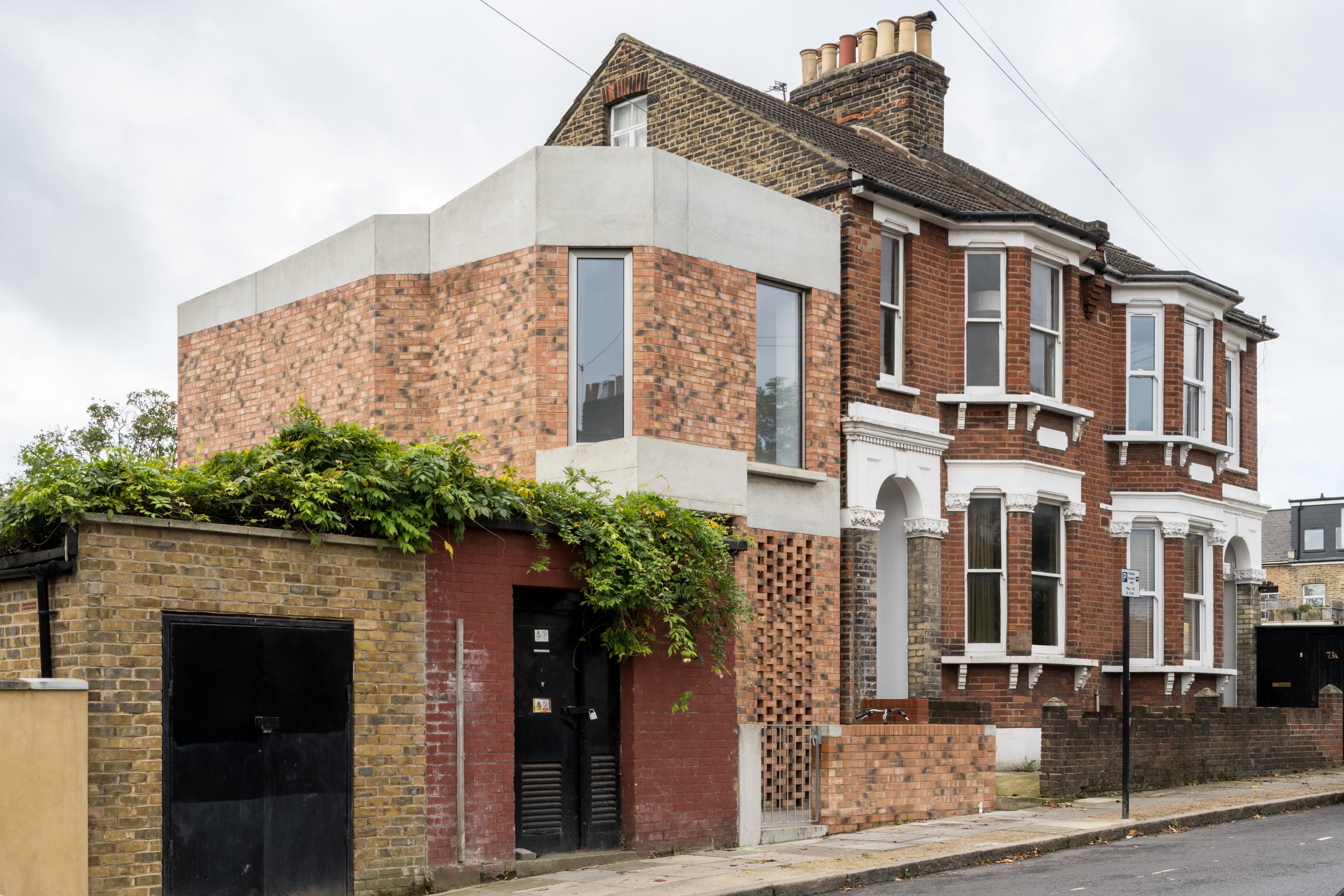
A south London brutalist treasure
Whittaker Parsons’ Corner Fold House was designed for a downsizing couple, who swapped a conventional Victorian terrace for a faceted modern house that makes the most of its awkward site, tucked in between an immovable electricity sub-station and the clients’ former family home.
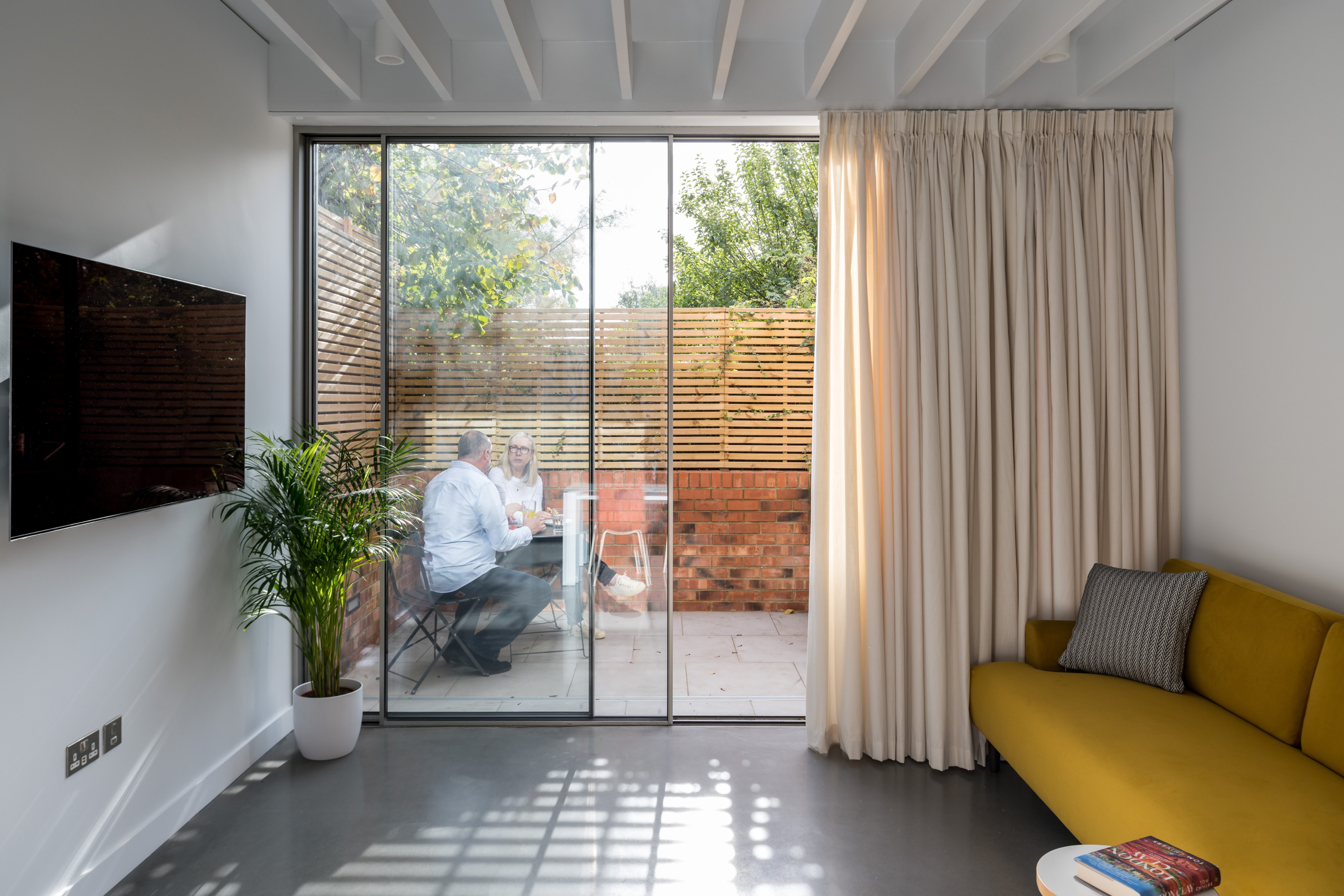
The process was remarkably smooth, according to the clients, who were able to transform a garden plot at the side of their house into a completely separate dwelling, digging down to create a new basement and even finding enough space for a small rear terrace. Describing it as ‘the experience of a lifetime’, the clients are especially impressed by Whittaker Parsons’ ability to maximise the amount of available space.
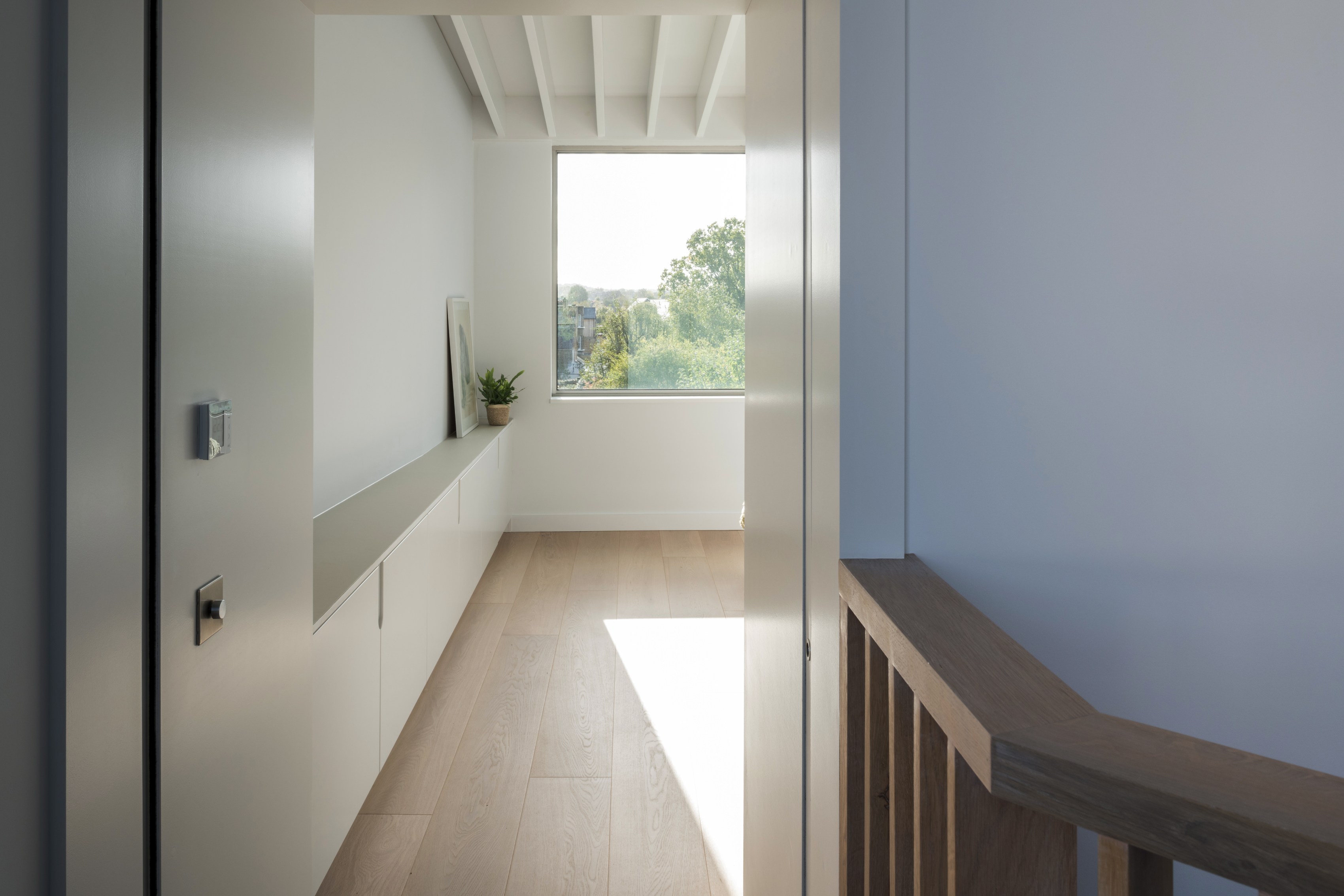
The new house bookends a short Victorian terrace and combines patterned brick with shuttered concrete. The faceted façade turns the corner, grounding the new house within its urban context. Set on a slight hill, the house has leafy views due south across rear gardens all the way to Crystal Palace and the railway line into the city.
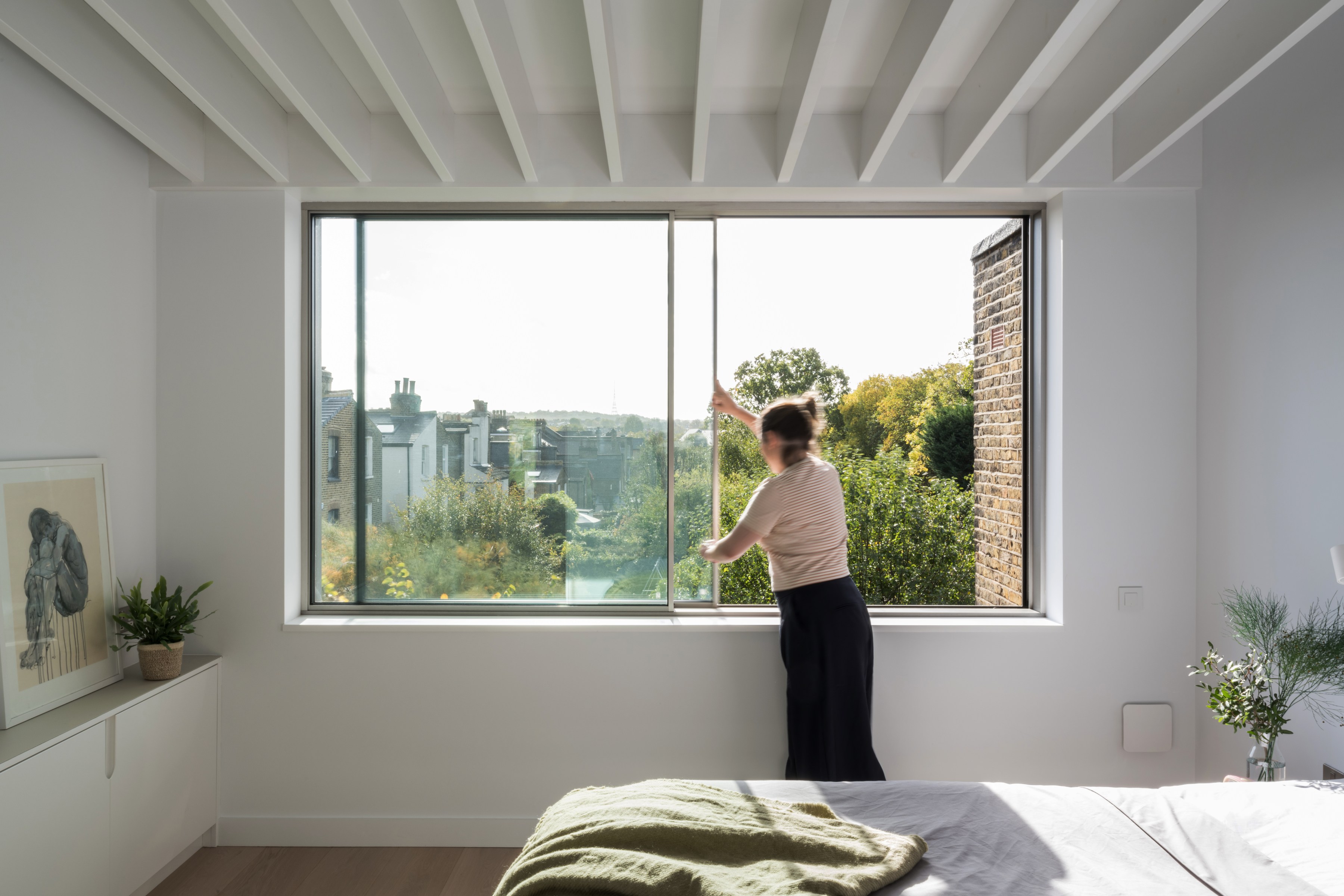
With a plot that was just 3.9m wide, space was increased by extending the lower ground floor out beneath the shallow front garden, creating a study/guest bedroom, along with a bathroom/utility room and a generous kitchen diner. Units and cupboards are faced in bamboo, with sliding glass doors to the courtyard garden.
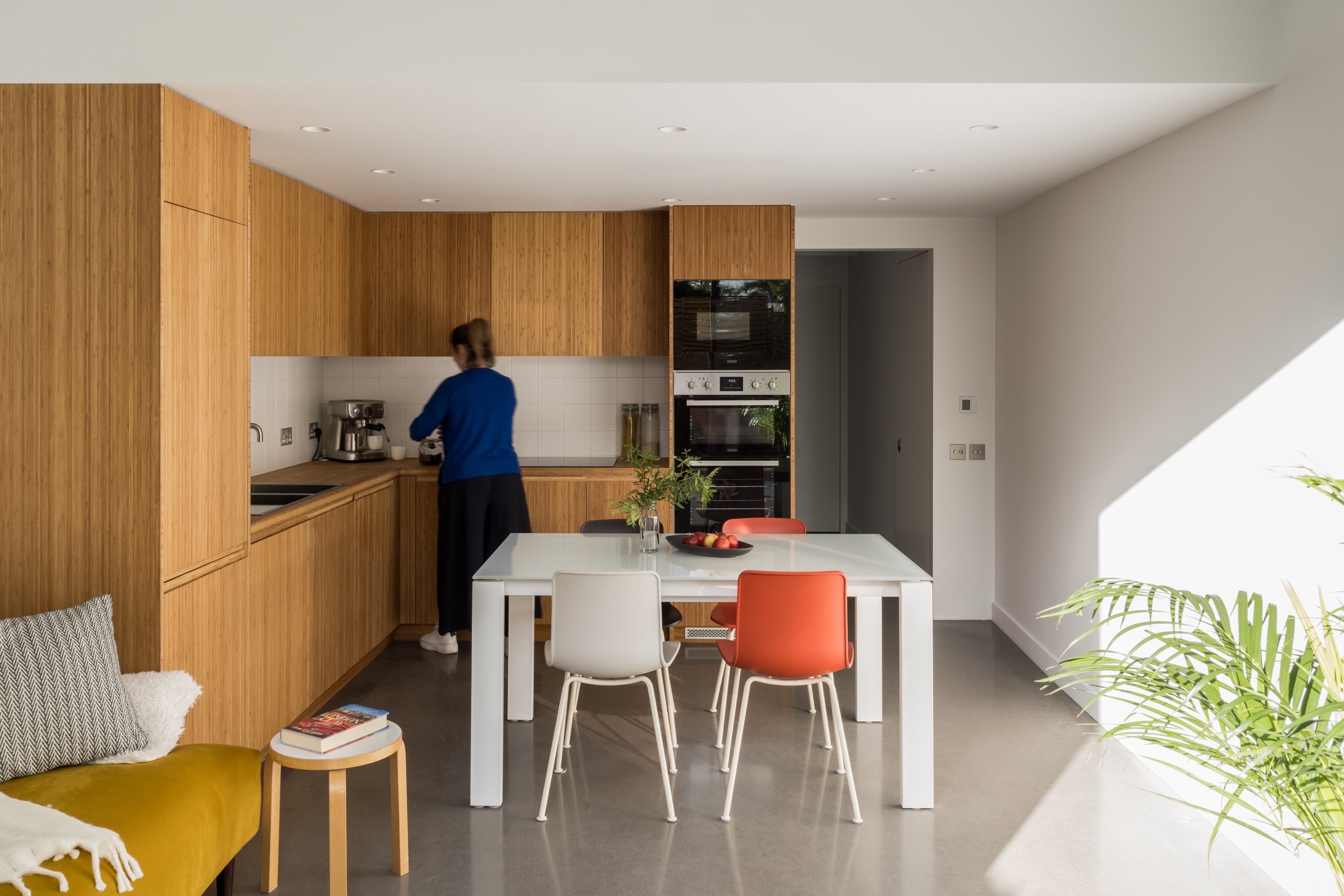
The entrance level houses the main bathroom and sitting room, which overlooks a green roof. A winding oak staircase uniting all three floors and exposed timber ceiling joists that expand the sense of vertical space throughout. The bedroom is located on the top floor, a generous room with far-reaching views.
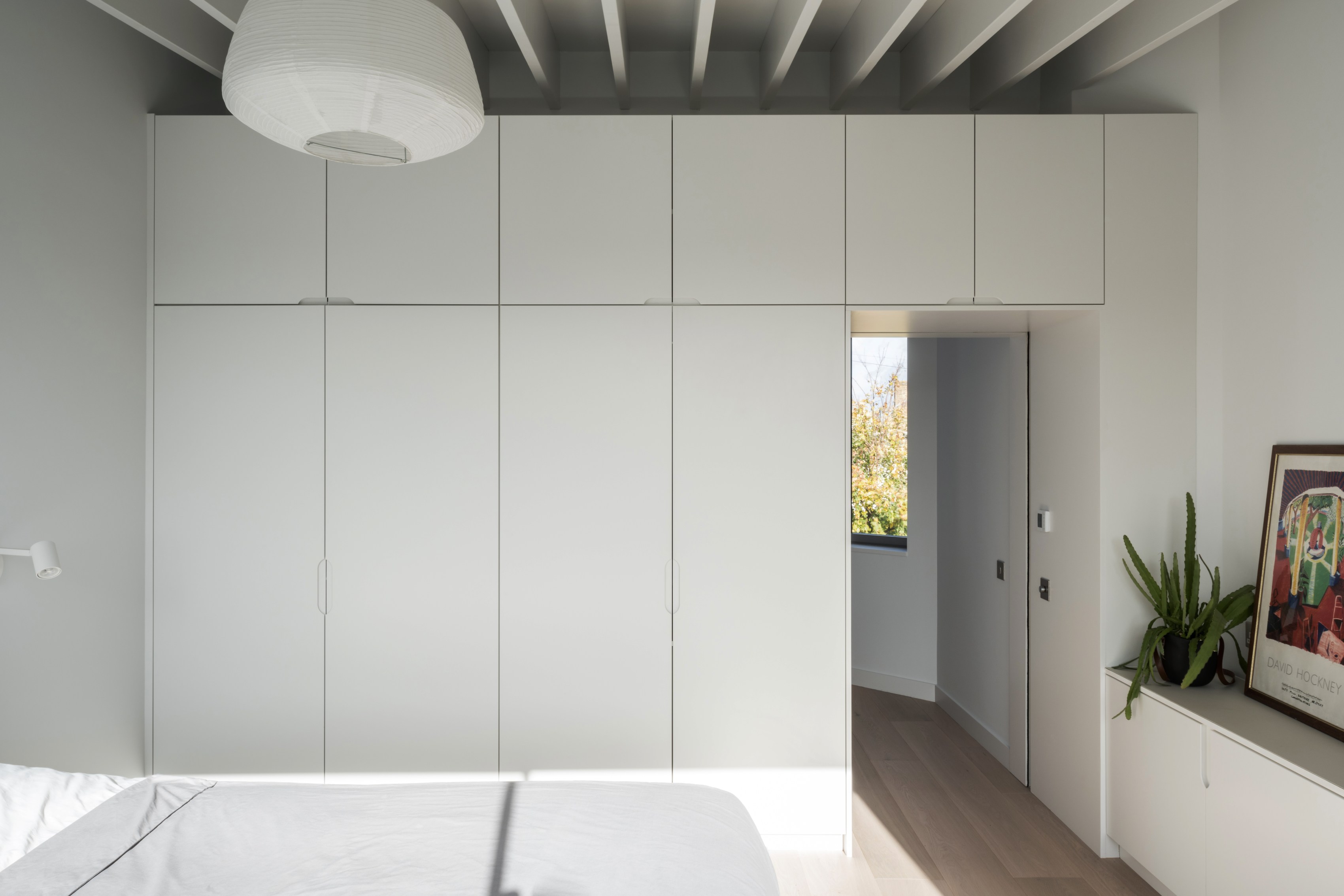
The architects have poured care and attention into the details, especially on the highly crafted staircase with its curved plaster walls and mirrors that bring light into the ground floor. The façade features a brickwork lattice to screen the staircase from the street.
Receive our daily digest of inspiration, escapism and design stories from around the world direct to your inbox.
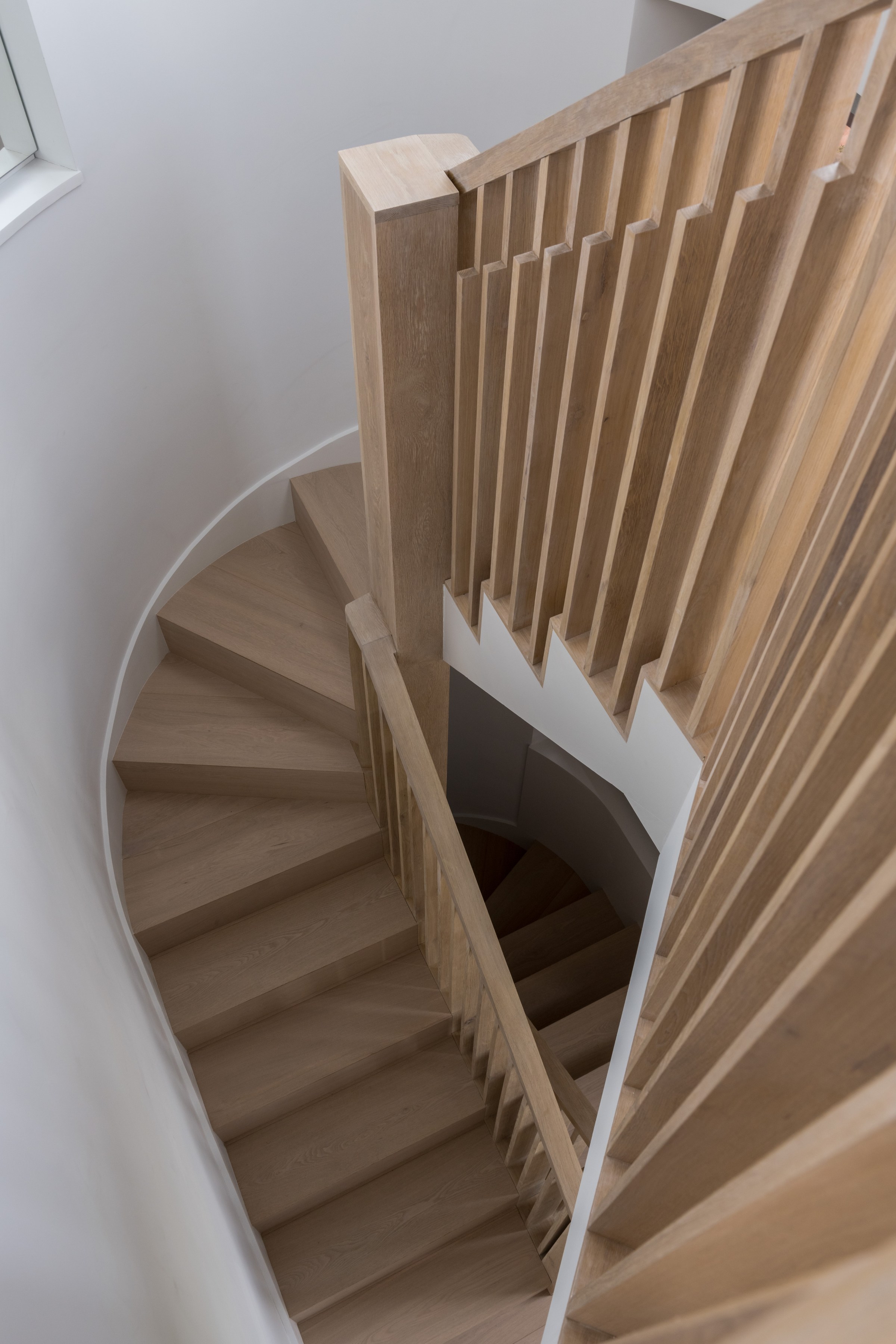
The south-facing aspect benefits from almost no direct over-looking, creating remarkably verdant and private views. The house is highly insulated, and recycled and sustainably and locally sourced materials have been used wherever possible, as well as low-energy light fittings.
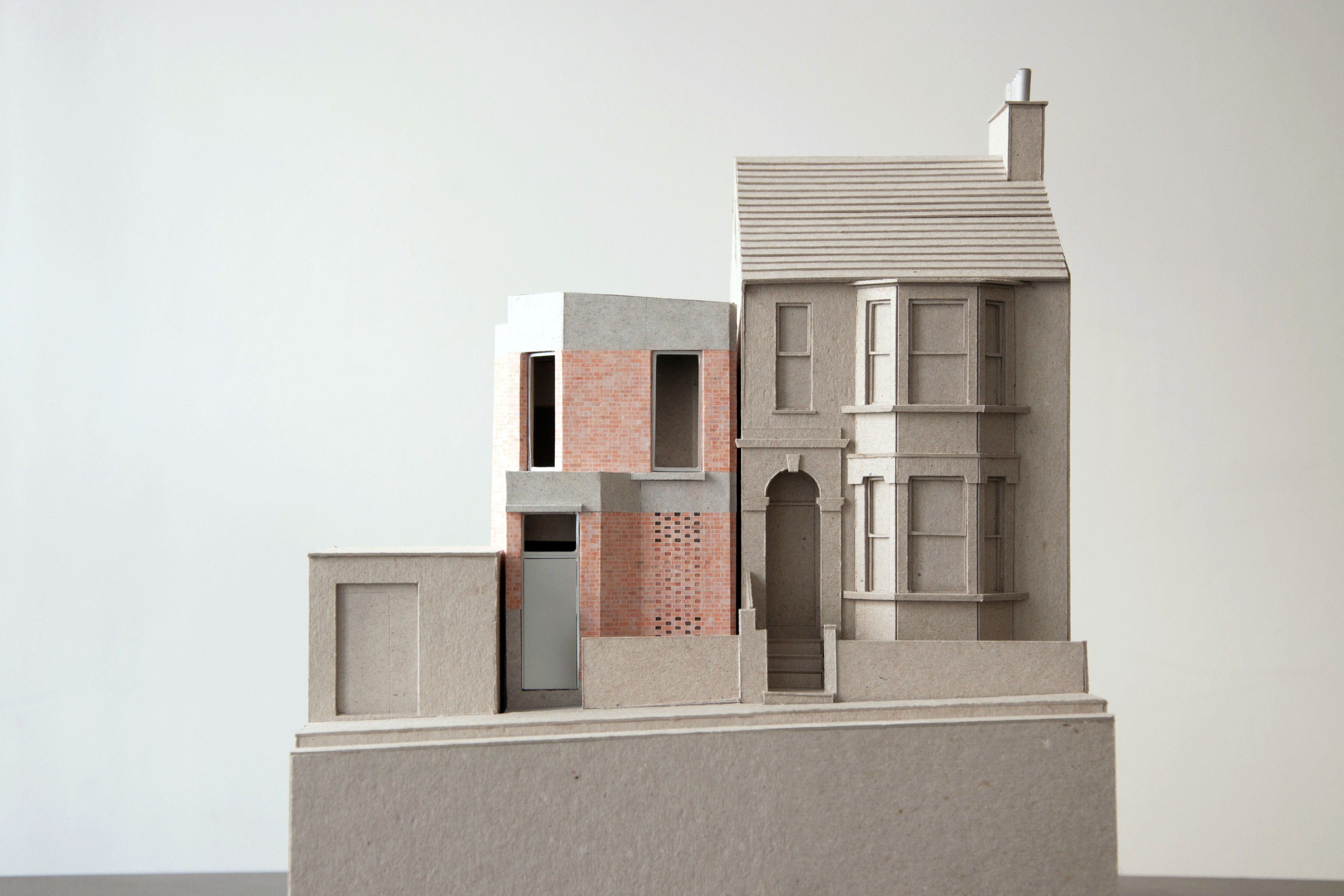
The design process was driven by model-making, which helped shape and evolve the spaces, as well as convince the planners that a contemporary house would work in this context.
Jonathan Bell has written for Wallpaper* magazine since 1999, covering everything from architecture and transport design to books, tech and graphic design. He is now the magazine’s Transport and Technology Editor. Jonathan has written and edited 15 books, including Concept Car Design, 21st Century House, and The New Modern House. He is also the host of Wallpaper’s first podcast.
-
 A day in Ahmedabad – tour the Indian city’s captivating architecture
A day in Ahmedabad – tour the Indian city’s captivating architectureIndia’s Ahmedabad has a thriving architecture scene and a rich legacy; architect, writer and photographer Nipun Prabhakar shares his tips for the perfect tour
-
 You can now stay in one of Geoffrey Bawa’s most iconic urban designs
You can now stay in one of Geoffrey Bawa’s most iconic urban designsOnly true Bawa fans know about this intimate building, and it’s just opened as Colombo’s latest boutique hotel
-
 Pentagram’s identity for eVTOL brand Vertical Aerospace gives its future added lift
Pentagram’s identity for eVTOL brand Vertical Aerospace gives its future added liftAs Vertical Aerospace reveals Valo, a new air taxi for a faster, zero-emission future, the brand has turned to Pentagram to help shape its image for future customers
-
 Arbour House is a north London home that lies low but punches high
Arbour House is a north London home that lies low but punches highArbour House by Andrei Saltykov is a low-lying Crouch End home with a striking roof structure that sets it apart
-
 In addition to brutalist buildings, Alison Smithson designed some of the most creative Christmas cards we've seen
In addition to brutalist buildings, Alison Smithson designed some of the most creative Christmas cards we've seenThe architect’s collection of season’s greetings is on show at the Roca London Gallery, just in time for the holidays
-
 The Architecture Edit: Wallpaper’s houses of the month
The Architecture Edit: Wallpaper’s houses of the monthFrom wineries-turned-music studios to fire-resistant holiday homes, these are the properties that have most impressed the Wallpaper* editors this month
-
 A refreshed 1950s apartment in East London allows for moments of discovery
A refreshed 1950s apartment in East London allows for moments of discoveryWith this 1950s apartment redesign, London-based architects Studio Naama wanted to create a residence which reflects the fun and individual nature of the clients
-
 David Kohn’s first book, ‘Stages’, is unpredictable, experimental and informative
David Kohn’s first book, ‘Stages’, is unpredictable, experimental and informativeThe first book on David Kohn Architects focuses on the work of the award-winning London-based practice; ‘Stages’ is an innovative monograph in 12 parts
-
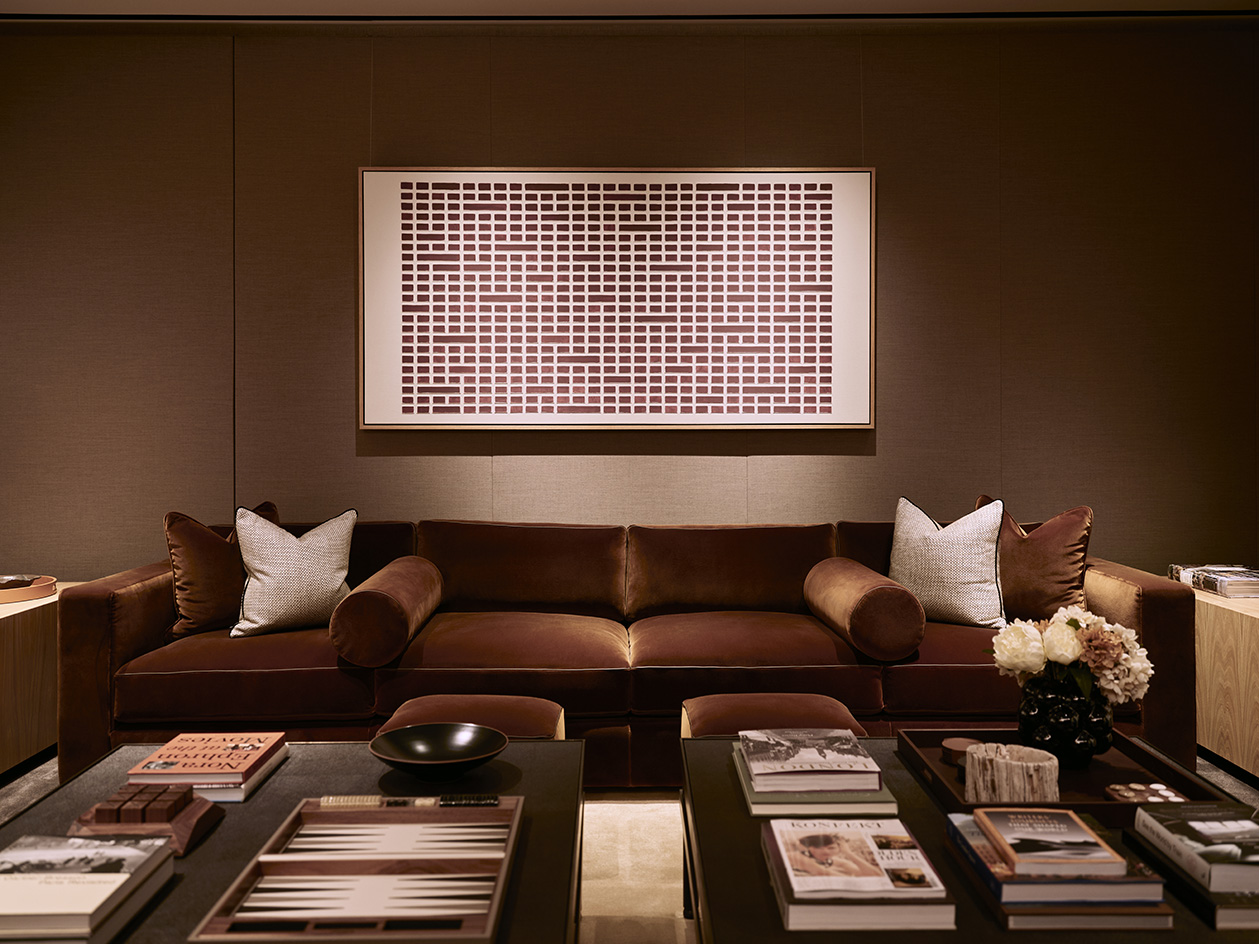 100 George Street is the new kid on the block in fashionable Marylebone
100 George Street is the new kid on the block in fashionable MaryleboneLondon's newest luxury apartment building brings together a sensitive exterior and thoughtful, 21st-century interiors
-
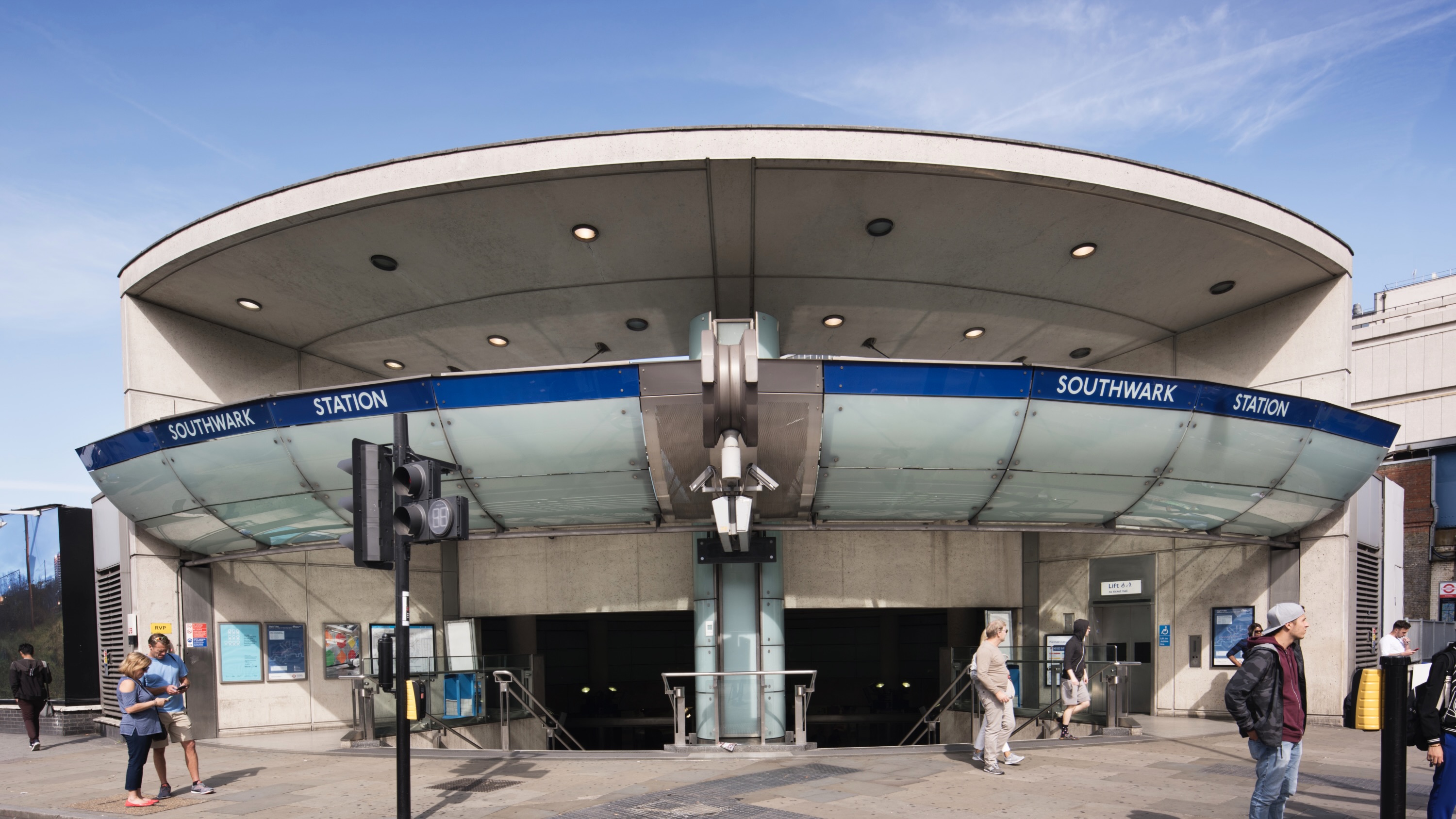 Futuristic-feeling Southwark Tube Station has been granted Grade II-listed status
Futuristic-feeling Southwark Tube Station has been granted Grade II-listed statusCelebrated as an iconic piece of late 20th-century design, the station has been added to England’s National Heritage List
-
 Archiboo Awards 2025 revealed, including prizes for architecture activism and use of AI
Archiboo Awards 2025 revealed, including prizes for architecture activism and use of AIArchiboo Awards 2025 are announced, highlighting Narrative Practice as winners of the Activism in architecture category this year, among several other accolades